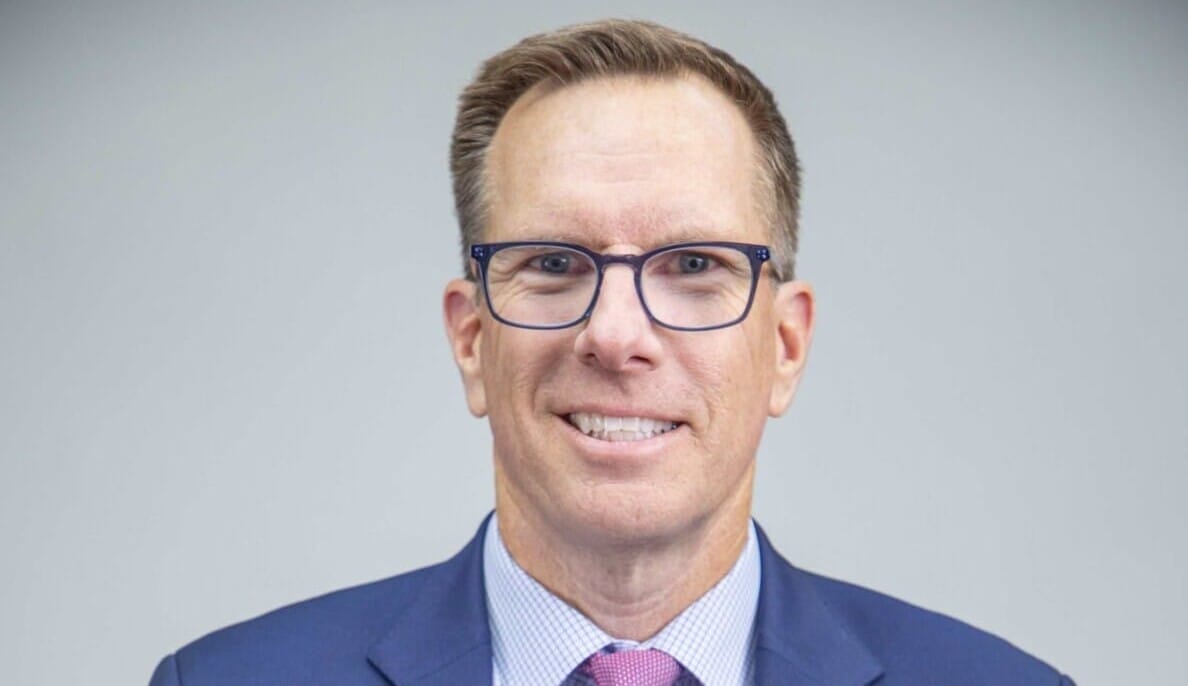CalPERS has integrated sustainability into its investment strategy and implementation, and uses asset class-specific criteria to assess managers on ESG before selection.
As part of a “manager expectations project” each asset class drafted its sustainability investment guidelines and will request the sustainable investment policies of the manager they are considering, asking asset class-specific questions, which will be factored into whether or not to select the manager.
Outlining a “story of progress” Beth Richtman, portfolio manager, infrastructure and global governance at CalPERS, told the Fiduciary Investors Symposium how clarity from the board was the first step in creating clear processes and structures for assessing and monitoring internal and external managers on sustainable investment integration.
“We have clarity from our board, which is important to have when you’re thinking about sustainable investment. We have 1.7 million pensioners, and liabilities going out for the better part of a century, so our board has come to the realisation, to get the returns to service those liabilities, we need a sustainable economy. This has led to a three-pronged approach to sustainability all through the lens of risk and opportunity,” she says.
The three-pronged approach encompasses:
- Engagement: For example, CalPERS is currently actively engaging with fossil fuel companies and asking them to consider the resilience of their business model in a “2 degree Celsius” scenario.
- Advocacy: Richtman says CalPERS has been very vocal on the path to Paris, pushing for a price on carbon. “If that is achieved, we want our companies to have a plan for that,” she says.
- Integration: Like many large investors, integration is the most difficult part of the process. CalPERS has a complicated asset allocation and invests in more than 10,000 companies.
Richtman says that CalPERS’ investment beliefs have helped to guide the implementation, and highlights a number of beliefs that specifically relate to sustainability:
Investment belief 2 – “A long time investment horizon is a responsibility and an advantage.”
“We have long-term liabilities so need to be thinking long term,” she says.
Investment belief 4 – “Long-term valuation creation requires effective management of three forms of capital: financial, physical and human.”
Investment belief 7 – “CalPERS will take risk only where we have a strong belief we will be rewarded for it.”
Investment belief 9 – “Risk to CalPERS is multifaceted and not fully captured through measures such as volatility or tracking error.”
“The sub-belief to that one calls out climate change and resource scarcity as risks we need to consider as they emerge over long periods of time. We are a universal owner and we believe in systemic risks,” she says.
One of the key lessons from the CalPERS integration project is that staff need to have clarity around what they have to do in various asset classes. To this end, the fund put together a cross-asset class team to consider how to integrate sustainability and make it part of the investment process.
“Our fund is complicated; for instance, public asset classes are largely internally managed, and private largely outsourced. It’s about how they are managed – whether passive or active – and the nature of assets differs; for example, with a real estate investment, you can’t pick up and move if the sea level rises. That’s a different perspective than stocks, which you can quickly sell,” she says. “You can’t have a one-size-fits-all approach.”
conexust1f.flywheelstaging.com hosted the Fiduciary Investors Symposium held at the Chicago Booth School of Business at the end of October.

